Araceae is among the most famous families of indoor ornamental plants worldwide, and Alocasia Bisma is a distinguished member of this family. It is also commonly known as Emerald Dragon Scale and Alocasia Platinum. This nature’s bounty has beautiful vibe-emitting, attractive-looking, and refreshing foliage. Its leaves are heart-shaped having a silvery blue color. Down the midrib, its leaves emit a darker hue. This adorable ornamental indoor plant can be a beautiful addition to your living room.
Alocasia Bisma doesn’t grow tall; however, with optimum care, the plant keeps growing new leaves and is an excellent choice for a compact tabletop plant. This Alocasia species hails from subtropical Asia and Eastern Australia.
Allied Species: Alocasia Sarian, Alocasia Pink Dragon, Alocasia Cuprea, Alocasia Lauterbachiana, Alocasia Silver Dragon, Alocasia Stingray, Alocasia Regal Shields, Alocasia Nebula, Alocasia Maharani, Alocasia Jacklyn , Alocasia Melo.
Related Products
Products | Name | Check Price |
Organic Perlite for Plants | ||
WONDER SOIL Organic | ||
Orchid Potting Bark Mulch |
Habitat & Ecology
| Botanical Name: | Alocasia Bisma |
| Family Name: | Araceae |
| Common names: | Alocasia Platinum, Emerald Dragon Scale |
| Origin | Indonesia |
| Plant Size | 2ft. tall , 2 ft. wide |
| Plant type: | Flowering Perennial |
| Humidity: | 60%-80%. |
| Temperature: | 55F-80F |
| Light Need | Bright Indirect light |
| Soil | Moist but well-draining |
| Water | Water when the top 40% of soil is dry. |
| Pest and Diseases | Spider mites and root rot |
How do you care for Alocasia Bisma?
Because of its delicacy, Alocasia Bisma requires proper care and attention to grow and thrive. Because of its origin in subtropical regions, it enjoys the warm temperature underneath the canopy of the forests. Hence, it grows larger leaves to compete for sunlight and has an edge over other plants growing in the same area.
Hot months of the year are the best time for your Alocasia Bisma to proliferate. When the weather turns cold, expect your Alocasia holding its growth because of dormancy. So, the plant awaits the hot conditions to restart flourishing.

Alocasia Platinum Initial Care at Home
While bringing a new plant home, inspect it for pests and infections. Later on, provide it with all the necessary conditions it requires to thrive and grow. All Alocasia species are sensitive to direct sunlight. So, place your pot with Alocasia Platinum near a window to get bright indirect light and proper aeration. During the season of fast growth, water it frequently. If you notice leaves becoming crispy and dry, humidify your Bisma regularly to bring it back to life.
Keep inspecting your stunning indoor plant to check for attacks of pests; although they rarely happen, yet there is always a chance.

Humidity and Temperature Requirements:
Alocasia Platinum flourishes when it gets lots of humidity because of its subtropical origin. An area with over 50 % humidity level is the minimal requirement for Alocasia Platinum. Use a pebble tray , group your plants or humidifier in a room with a drier climate. This practice offers your plant the boost of moisture it requires.
Being a subtropical plant, Alocasia prefers high temperatures. So, a temperature of more than 60°F is perfectly adequate. If you place your Alocasia Bisma outdoors, bring it indoors before the temperature drops to 50 °F. Avoid placing your plant near a heating vent, drafty window, exterior door, or in front of an air conditioning. This is so because these fluctuations can potentially damage the foliage and inhibit overall growth.

How often do you water Alocasia Bisma?
Alocasias are sensitive to both overwatering and underwatering. So, you must be very cautious about watering Alocasia. An essential factor you must focus on is the season because different seasons have different water requirements. In the summer season, your Bisma requires more water. However, in winter, it can survive with less water content. Therefore, always look for soil moisture content before rewatering the plant; only water when topsoil has become dry.
Besides that, watering requirements depends upon the type of pot, indoor climate, and composition of potting soil. Your pot must have a drainage hole inside it. It balances the soil’s moisture level by draining all the extra water from the pot, and the soil retains adequate moisture in it.
We highly recommend a moisture meter or sensor to monitor the moisture of the soil to eliminate the risk of overwatering.

Light Need
Emerald Dragon Scale is highly adaptable and handles a wide range of light from low to bright indirect light. The amount of light your plant gets impacts its growth rate. Although your plant keeps growing in low light, its rate will be much lesser compared to brighter light.
Place your favorite plant pet in a location that gets plenty of bright but indirect light if you wish your Bisma grows new leaves. Placing it in indirect sunlight for about six hours is the best practice. Please be careful, direct light can burn leaves.

Soil Requirements
Like all Alocasias, Alocasia Platinum loves nutrient-rich, loose, well-drained, chunky and well-aerated potting soil. So, use a potting soil mix that retains enough water and drain the excess to avoid root rot. Ensure using a reasonable amount of organic matter like shredded leaves, coco-coir, or peat moss.
If you notice that your soil drains moisture very quickly, we suggest repotting it into a compost-rich soil mixture. An ideal potting mix contains an equal proportion of orchid bark, coco peat, sand and activated charcoal.
If you intend to use ready-made soil, we recommend selecting FoxFarm Ocean Forest or WONDER SOIL Organic Potting Soil .

Repotting
Alocasia Bisma is a plant that loves to be bit bound with roots, so there is rarely an emergency to repot it. This plant does not like shifting from one to another pot, so do when necessary only. These indoor plants are fast growers, so they can overgrow their pots. While repotting, choose a pot that is a few inches larger than the previous one.
Besides that, you can separate the plant’s roots and take multiple containers to get many plants from a single parent plant.
Follow our simple guide to repot this beauty;

Propagation of Alocasia Bisma
Propagation is a simple method that helps you get multiple Alocasia Bisma indoor plants from a single parent plant. This is possible because every single offset plant contains a mini root system which allows faster growth. Using this method, you can gift this stunning indoor beauty to your loved ones also. The most effective way of propagation is rhizome propagation for Alocasia Bisma, like most other Alocasias.
Before the procedure, clean all the cleaning tools and use a sharp blade.
Rhizome propagation
First of all, remove the Alocasia Bisma plant from its pot. Then, shake it to remove the soil from the roots. Soak in water if the soil is clumpy. Later, you will see many root clumps like baby plants (offsets). Try separating them gently; use a sharp knife if the roots are too tangled.
Separated offsets of plants already come up with a mini root system that shortens the process of propagation and growth.
Water propagation
If you notice your Bisma does not have a mini root system, follow these steps to grow roots. Take a container or flask of your choice, and clean the soil. Take tap water in a container and leave roots for 24 hours.
Place your container in bright indirect light and use liquid houseplant fertilizer to boost growth if you wish.
Soil Propagation
You can use soil propagation to get new plants for the offsets with the root system. Being subtropical plants, Alocasia Bisma loves well-aerated, well-drained, and soft, loose soil to grow. Prepare a pot with a drainage hole to remove excess water and retain appropriate moisture.
You can use a homemade or ready-made potting mix for it. After doing so, plan the offset and water it. You will get to know about successful propagation upon watching foliage popping up!

Fertilizing Alocasia Platinum
In the actively growing seasons, applying balanced mineral fertilizer can spur new growth. Feedings can be super advantageous for Alocasia Platinum to support growing large leaves with striking colors. For Alocasia Platinum, you may use a slow-release fertilizer, liquid fertilizer or seaweed emulsion for best results.
Avoid fertilizing your Bisma in winter when your plant is in a dormant condition.

Maintenance:
If you have an Alocasia Platinum, you must be glad to know that you have chosen the best indoor plant because it requires a minimum maintenance effort. To maintain good plant size, trim it when needed, and do not forget to prune the leaves that are dying. All Alocasias show more rapid growth in the spring and summer, and it is better to prune the plants during growing seasons.
To eradicate any chance of infection, pest attack, or algal growth, clean the foliage and pot regularly. You need to remove rotten and dead leaves from the pot. Cleaning helps plants look good as well as show better growth.

Are Alocasia Bisma plants toxic?
Like most Alocasia species, Alocasia Bisma is toxic to humans and pets. Beware, it’s a foe as it has calcium oxalate crystals responsible for this behavior. If any pet or human consumes it by mistake, rush for a professional’s guidance.

Pests and Diseases:
Pests
Alocasia Bisma is a very delicate plant that is a target for many pests. The most common are mealybugs and spider mites. Using a shower head or garden hose, wash the problems off. Spray insecticidal soap or spray for better protection.
Common Problems
Most commonly, Alocasia Bisma faces include:
Leaves are turning brown:
Major cause is lack of enough light. Cold conditions and water unavailability can also trigger it. Taking care can help you get rid of them.
Leaves are turning yellow:
Most common because of the delicacy of Alocasia Bisma. Over-watering may turn their leaves yellow. If you ever notice this issue, look to root rot.
Diseases
Leaf infection and root rot are the most common diseases an indoor plant is prone to.
Leaf Infection:
Water retention in the foliage can cause fungal infection. Avoid wetting the leaves. Watering the plant late in the day is not a good thing because, at that time, moisture does not dry up to the adequate limit.
Root Rot:
Root rot is a common disease of Alocasia Bisma that can disturb the average growth of your plant. To keep your plant safe, follow these instructions:
Symptoms:
Treatment:
Frequently Asked Questions
Why my Alocasia Bisma is showing poor growth?
These are the factors that influence their growth:
If you are sure, your plant is getting enough of them, inspect it for root rot or infection.
What if my cat consumes a bit of Bisma?
Alocasia Bisma contains a calcium oxalate crystal that is toxic to humans and pets. A little proportion might not harm the cat, but it is wise to visit a professional for better advice.
Is it compulsory to use fertilizer?
Fertilizers speed up the growth of the plant. If you do not use them, your plant still grows but at a slower rate.
You use fertilizers for various purposes like:
Final Words
Alocasia Bisma can be a stunning addition to your indoors that requires good care to show better growth. Just follow some basic steps to make it live a healthy life. If you manage to keep her happy it will reward you with stunning textured huge leaves. It sure is a show stealer and worth all the efforts.
Related Posts
Common Houseplant Pests and How to Get Rid of Them?
Household pests are the most irritating and unwilling aspects one never wants to deal with. They create a very unsatisfying atmosphere in your garden.
How To Care & Propagate Ctenanthe (Never Never Plant)
Ctenanthe, also known as the “Never Never” plant, is a beautiful and multi-colored plant that can bring life and color to any interior. The Never Plant belongs to the Marantaceae group of flowering plants.
Alocasia Lauterbachiana | Purple Sword Plant Care Guide
Alocasia Lauterbachiana – Purple Sword or Elephant’s Ear Plant, is a perennial of Araceae family. It is native to the Southeast Asian region.
Alocasia Propagation through Rhizome Division, Corms & Offsets
For Alocasia lovers,we are sharing the successful Alocasia propagation methods and how to propagate Alocasia.
Alocasia Silver Dragon | Alocasia Baginda Care Guide
Alocasia Silver Dragon | Alocasia Baginda ongs to the family Aroid and is a most prominent part of the “Alocasia Jewel family”.

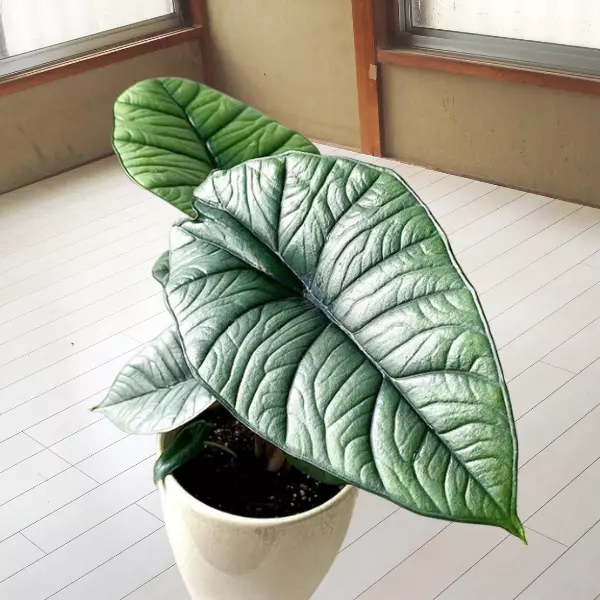
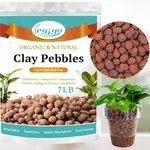
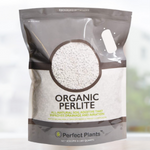

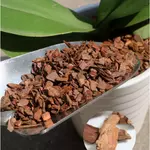



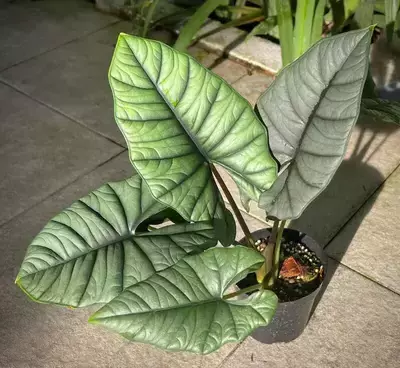
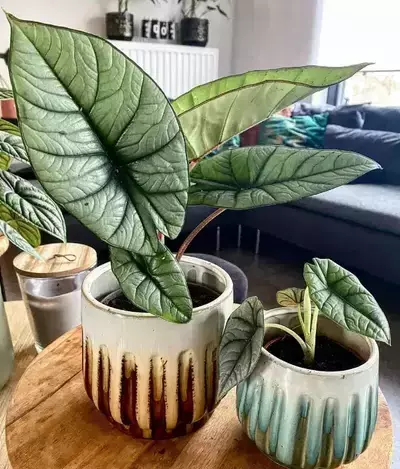


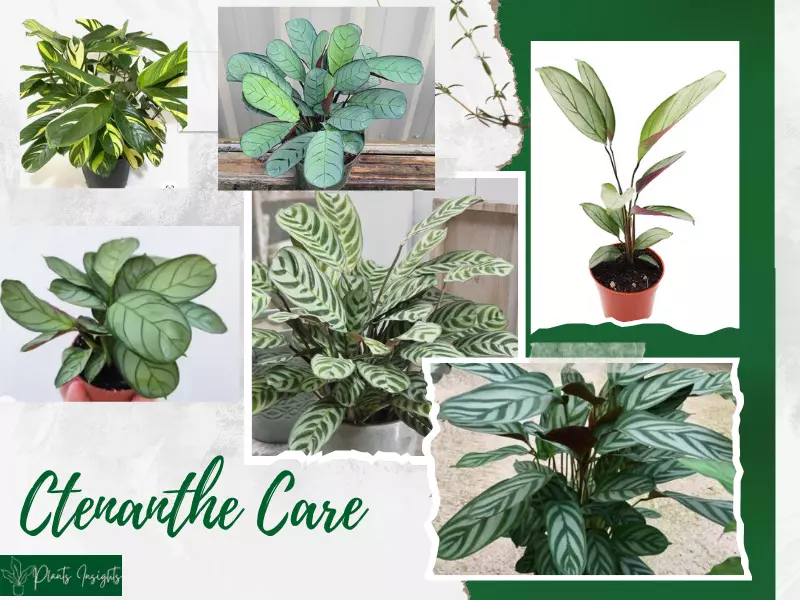
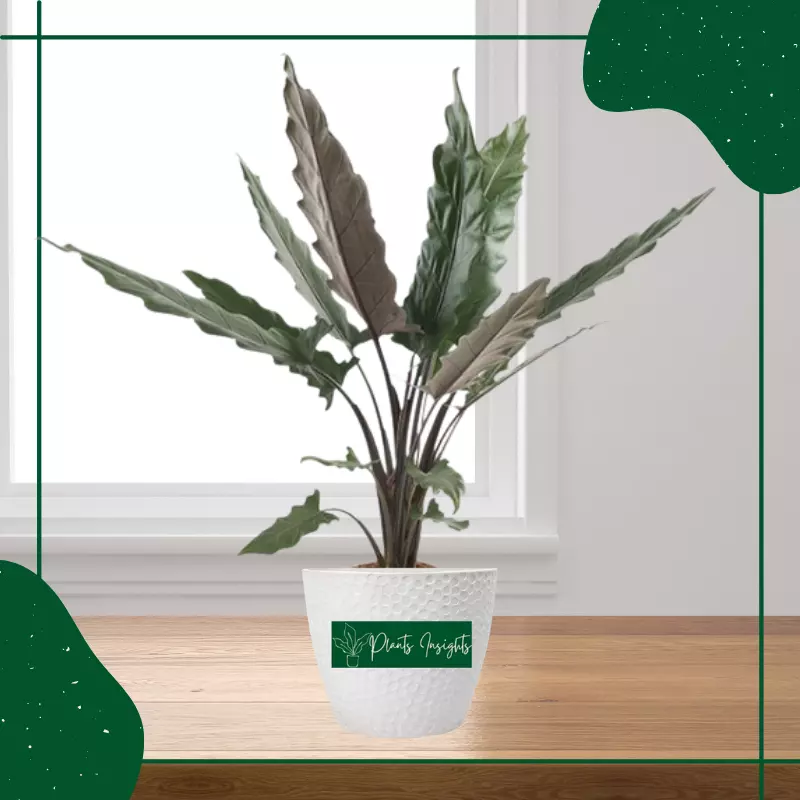
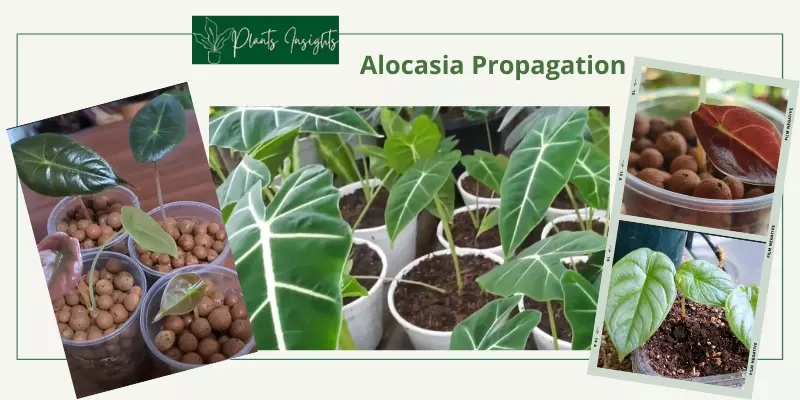
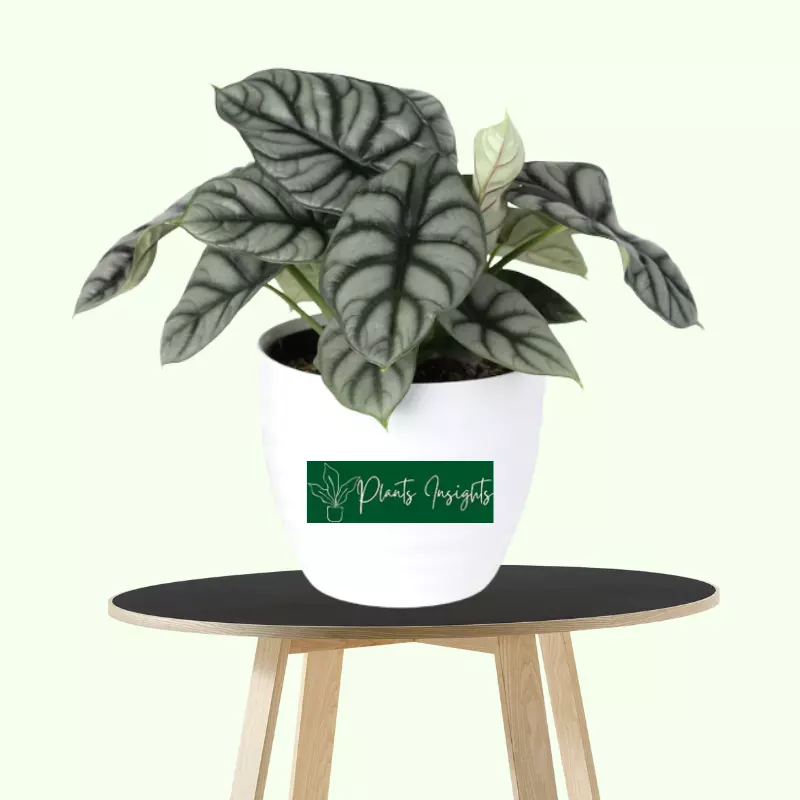
Some really terrific work on behalf of the owner of this site, absolutely great content.